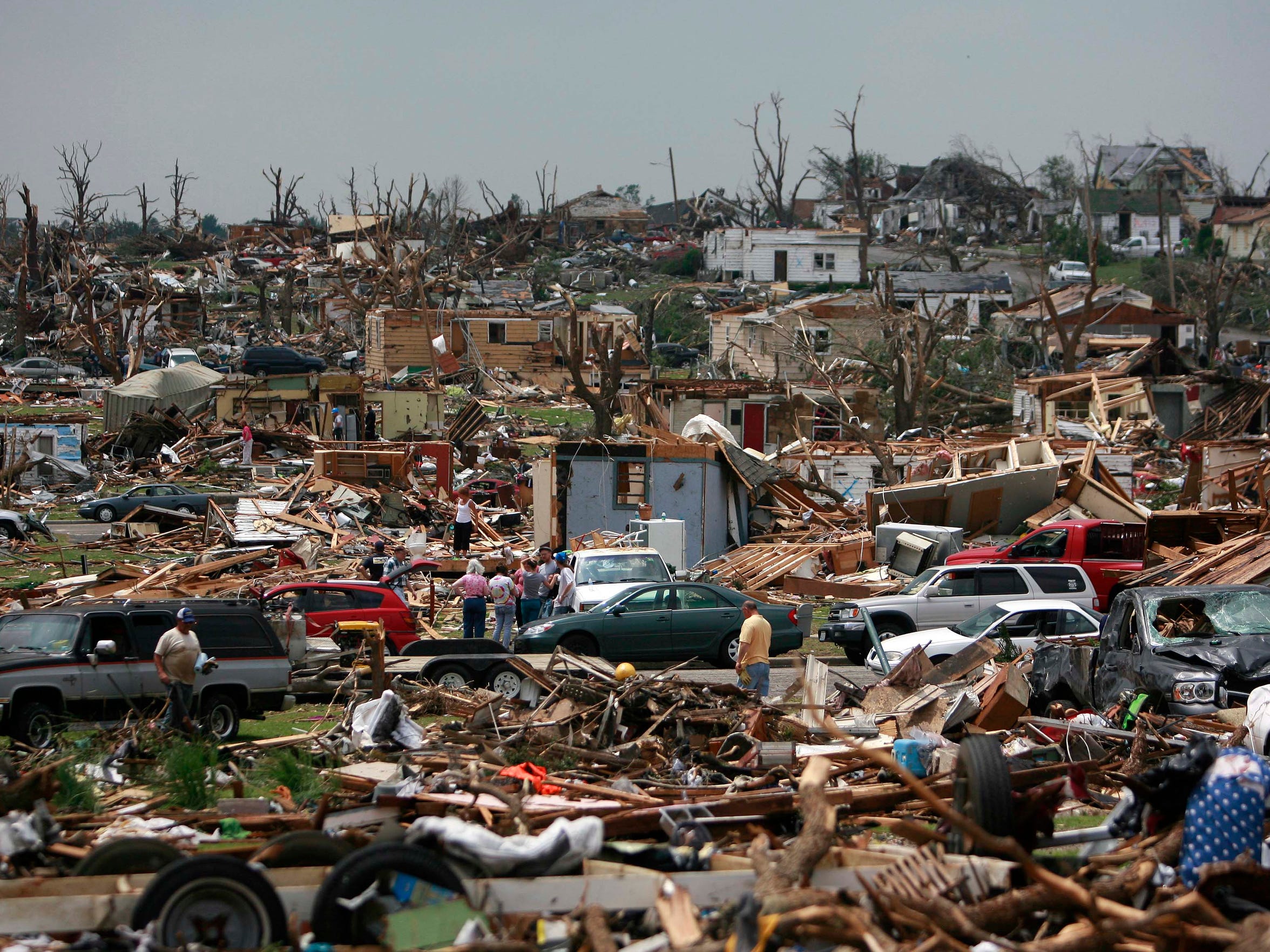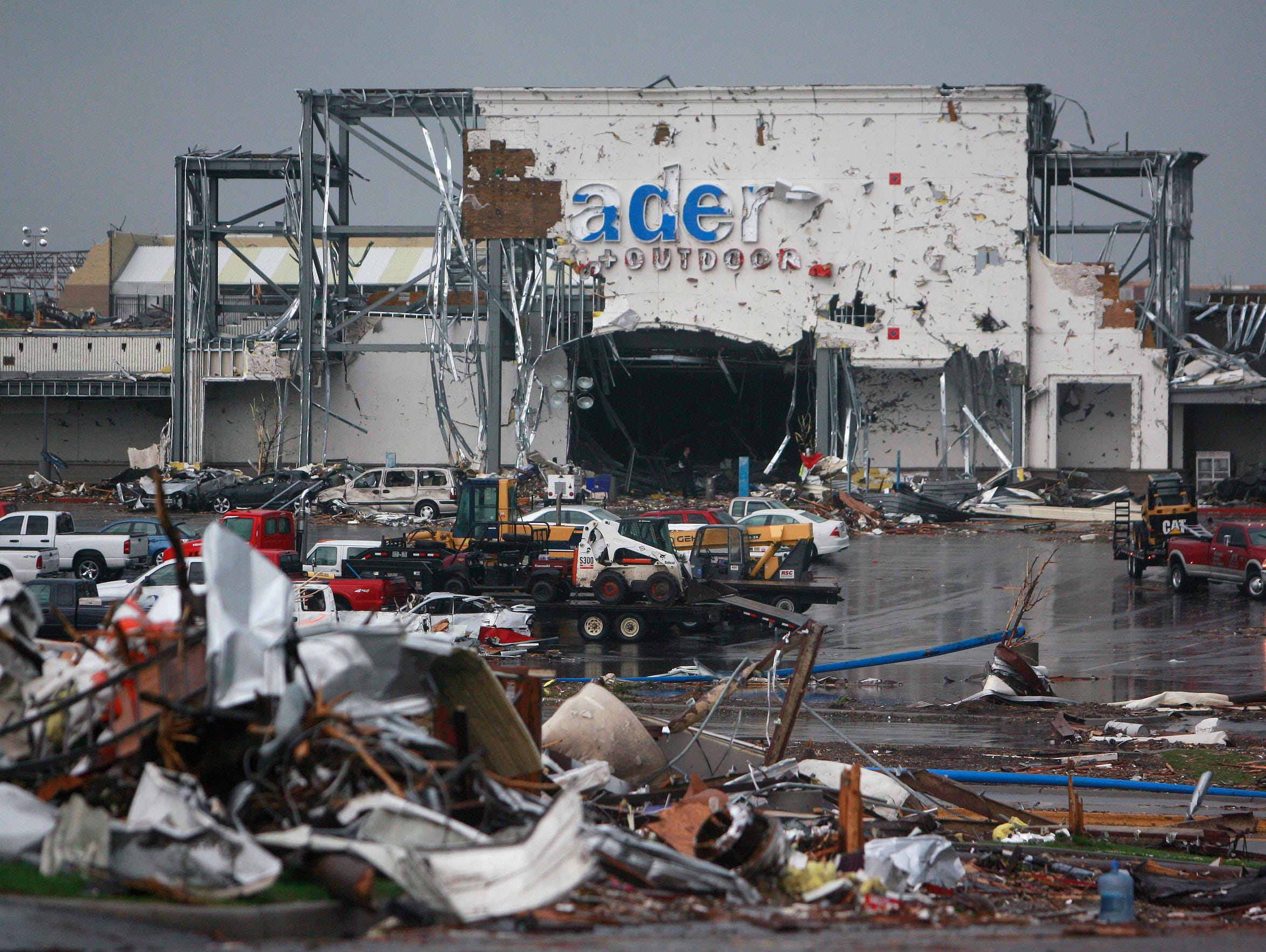2011 Joplin Tornado - A Community's Story
Imagine a quiet Sunday afternoon, the kind where folks are maybe just finishing up lunch or getting ready for evening church. The air, you know, it felt heavy, a bit warm and sticky across the southern parts of the United States. For many people living in Joplin, Missouri, May 22, 2011, truly began like any other calm Sunday. Families were out, perhaps sharing meals with friends, enjoying a simple day. Little did anyone know, the sky was about to unleash something truly immense, something that would change everything in a matter of moments. It's almost hard to grasp what happened next.
This particular day would, in a way, go down in history for a very different reason. What unfolded was a natural event of extreme power, a truly devastating storm that swept through the city of Joplin. It was a massive, destructive force, one that people would remember for a very long time. The impact it had on the town and the surrounding areas was just so profound, leaving behind a scene that was difficult to even comprehend.
The sheer scale of what occurred, really, prompted a lot of questions about how communities prepare for such things and how people recover. This was not just a passing storm; it was a moment that tested the spirit of a place and its people. Understanding what happened that day, and what came after, helps us appreciate the strength found in ordinary folks when faced with something truly extraordinary.
Table of Contents
- What Happened on May 22, 2011?
- How Did the 2011 Joplin Tornado Leave Its Mark?
- What Lessons Did We Learn from the 2011 Joplin Tornado?
- Can Communities Get Ready for Another 2011 Joplin Tornado?
What Happened on May 22, 2011?
That Sunday, May 22, 2011, started off like many others in the area, warm and humid. But as the afternoon wore on, the weather began to turn. A truly big thunderstorm system, what meteorologists call a supercell, began to take shape just east of Joplin, Missouri. This kind of storm, you see, can produce some very intense weather. What came out of it was a truly enormous tornado, a wide, powerful funnel cloud that people sometimes call a "wedge" tornado because of its shape. It moved with incredible force, and honestly, it just swept through the city.
The Arrival of the 2011 Joplin Tornado
This particular storm, often called the Joplin EF5, was a very strong and dangerous one. It hit Joplin in the late afternoon, right around sunset. The wind speeds inside it were truly incredible, reaching more than 200 miles an hour. The path it cut was also very wide, over a mile across at its biggest point. This was a record-setting event in many ways, just a really impactful natural occurrence. It started its path, apparently, about 4.8 miles north-northeast of Granby, Missouri, and then moved straight into Joplin.
When it hit, it didn't just cause a little bit of trouble; it brought about widespread destruction. Homes, places of business, vehicles – so much was just torn apart. The sheer force of it was something people had rarely seen. This tornado, basically, became known as one of the deadliest single tornadoes in the history of the United States. It was a moment that truly shook the region and, in some respects, the entire country.
How Did the 2011 Joplin Tornado Leave Its Mark?
The immediate aftermath of the storm was, well, it was a scene of true devastation. The city manager, as a matter of fact, quickly gave updates, letting people know that many lives had been lost. The numbers were truly shocking. This event resulted in the deaths of 158 people, and more than a thousand others were hurt. It was a really painful time for the community, a period filled with immense sorrow.
The Aftermath of the 2011 Joplin Tornado
Beyond the loss of life, the material destruction was also immense. Thousands upon thousands of structures, like homes and other buildings, were either completely gone or very badly damaged. Vehicles were twisted and thrown around, looking like toys. The whole city of Joplin, you know, was left in a state of complete ruin. This event, honestly, was not only one of the deadliest but also one of the most costly tornadoes in the history of the United States. The financial toll, too, was just staggering.
The National Institute of Standards and Technology, a government group, looked into what happened. They studied the event very closely to figure out what went wrong and what could be done better. They looked at things like how people got warnings, how buildings were put together, and how wind affects structures. Their work, you know, aimed to understand why so many lives were lost and so much damage occurred.
What Lessons Did We Learn from the 2011 Joplin Tornado?
The investigation into the Joplin tornado truly helped bring to light some important areas where things could be improved. For example, they found that how people got emergency messages needed to be better. Sometimes, folks just didn't get the warning in time, or it wasn't clear enough. This was a really big deal, because timely information can save lives. They also looked at how buildings were designed and put up, realizing that some structures just weren't ready for such powerful winds.
Steps Taken After the 2011 Joplin Tornado
After the storm, there was a lot of effort put into figuring out how to make things safer for the future. People started talking about new ways to get alerts out to the public, maybe using different kinds of technology. There was also a push to think about how buildings are constructed, to make them more resistant to strong winds. The idea was, basically, to take what was learned from this very tough experience and use it to protect people better. It's about making sure that if something like the 2011 Joplin tornado were to happen again, the community would be in a stronger position.
Many experts, including those who study weather and those who design buildings, continue to look at the details of the Joplin event. They want to understand everything they can about how the storm behaved and how structures responded. This ongoing study, you know, helps to inform building codes and emergency plans, aiming to reduce the risk for other communities.
Can Communities Get Ready for Another 2011 Joplin Tornado?
The experience in Joplin really highlighted the need for communities to have solid plans in place for natural events like this. It’s not just about having a warning system, but also about what people do once they get that warning. Getting ready means thinking about things like where people can go for safety and what supplies they might need. It also means making sure that rescue teams can get to where they need to be quickly.
Getting Prepared for the Future After the 2011 Joplin Tornado
The story of the 2011 Joplin tornado, in a way, became a lesson for many other towns. It showed that being prepared is a continuous effort. It means regularly checking emergency plans, educating the public, and investing in stronger infrastructure. The goal is to reduce the number of people hurt and the amount of damage if another powerful storm comes through. This kind of preparation, you know, really gives people a better chance.
The city of Joplin itself, even years later, continues to remember that period with a mix of feelings. There was so much pain and loss, but also immense pride in how the community came together. And there has been real progress in rebuilding and getting ready for what might come next. It's a testament to the strength of people, how they can face something truly terrible and work to build something new and stronger.
The events of May 22, 2011, really changed Joplin, Missouri, in a deep way. The EF5 tornado that tore through the town was a moment of immense challenge, causing widespread destruction and great sorrow. Yet, the community's response, the efforts to understand what happened, and the steps taken to improve safety for the future show a lasting spirit of resilience.

Five years after the devastating Joplin tornado, here's what the city

Joplin | Missouri, Tornado, & Map | Britannica

Five years after the devastating Joplin tornado, here's what the city